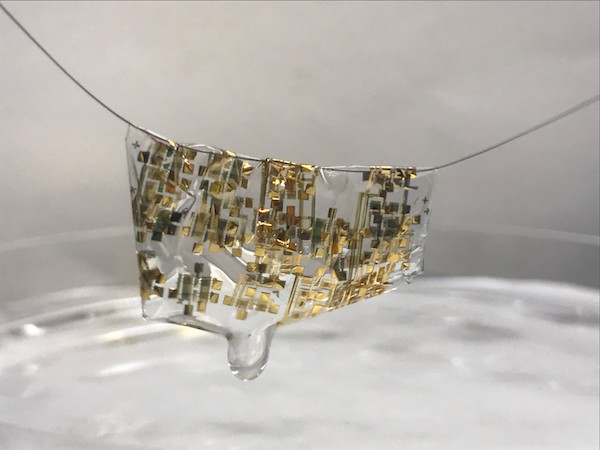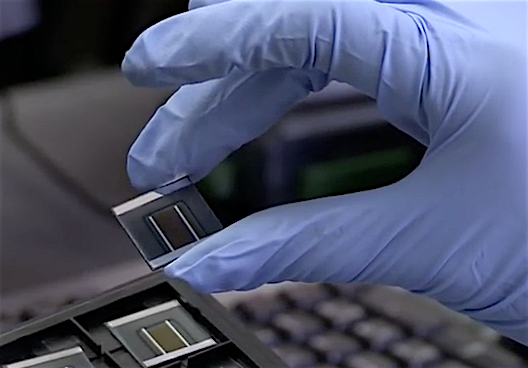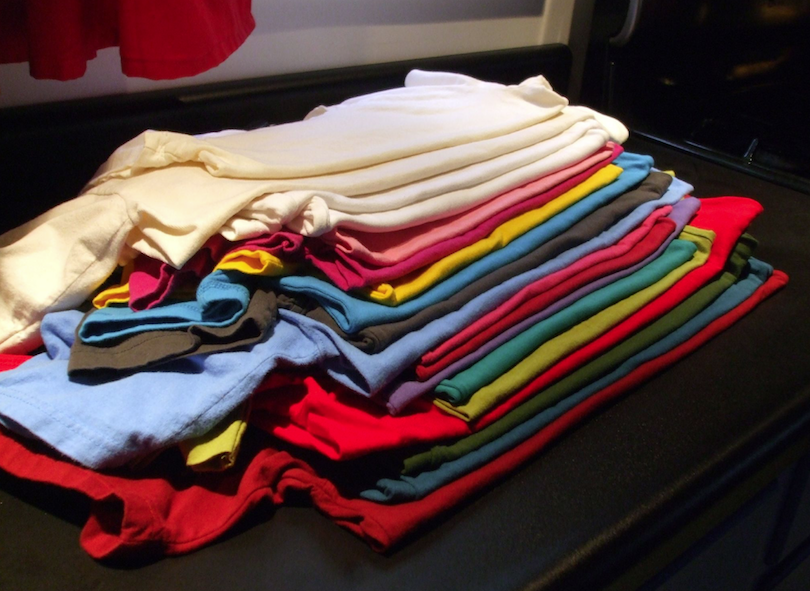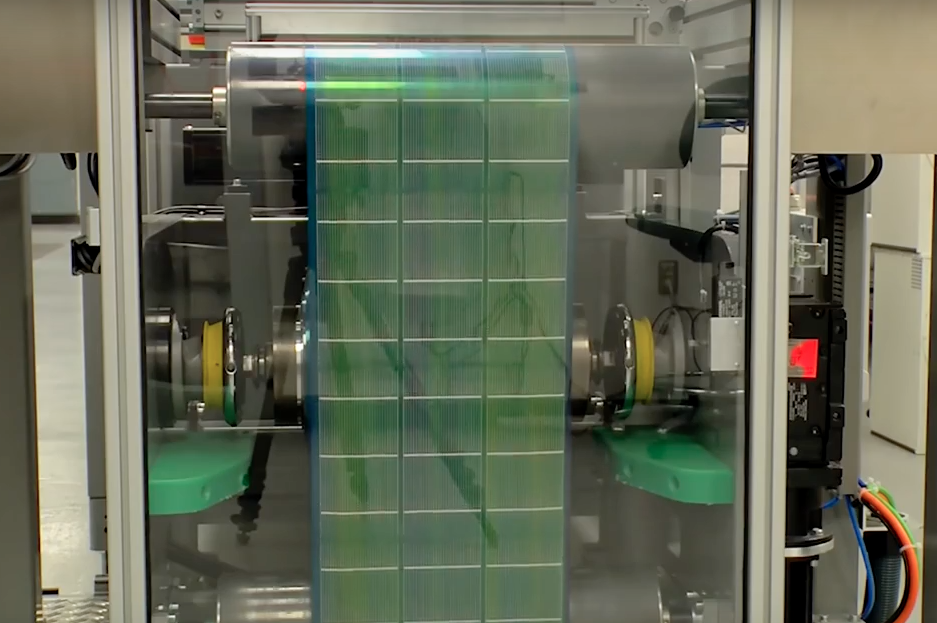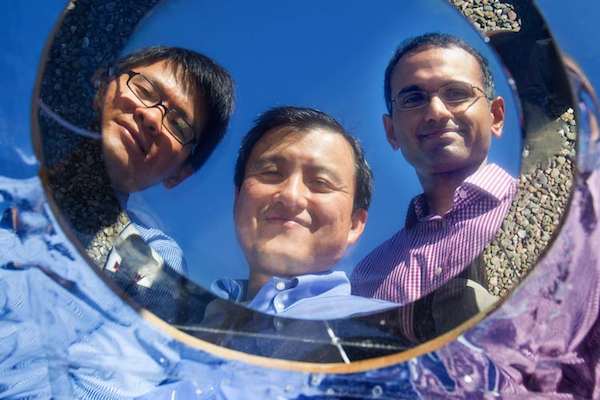Our electronic devices might become biodegradable in the future. Stanford researchers have created a biodegradable electronic device characteristic of human skin—flexible, self-healing, and degradable with the addition of a weak acid.
Read MoreResearchers from Stanford University (Stanford, Calif.) and Oxford University (Oxford, England) joined forces to create a new perovskite design they say “could outperform existing commercial technologies,” according to a Stanford News article.
Read MoreFrom textiles that effectively dissipate body heat, to fabric that harvests energy from the sun, to computers sewn right into our sweaters, check out some of the latest innovations in “smart” clothing.
Read MoreScientists at Stanford University in California are developing a new solar cell that uses ‘invisible’ nanowires to redirect sunlight that is reflected away and lost with traditional solar cell designs.
Read MoreThe latest research to shed light on the ductility and durability of ancient concrete comes from geophysicists at the Stanford University, who discovered concrete-like rock deep within a dormant volcano in Italy they say could explain how ancient Romans invented the compound used to build structures like the Pantheon and Colosseum.
Read MoreEngineers at Stanford University have developed what they call a “state-by-state plan to convert U.S. to 100% clean, renewable energy by 2050,” and they’ve outlined how this could work in a recent paper.
Read MoreStanford researchers have developed a multilayered material that reflects visible and infrared light away from buildings, a finding that they hope will someday heat up deep space and cool down rooftops.
Read More
